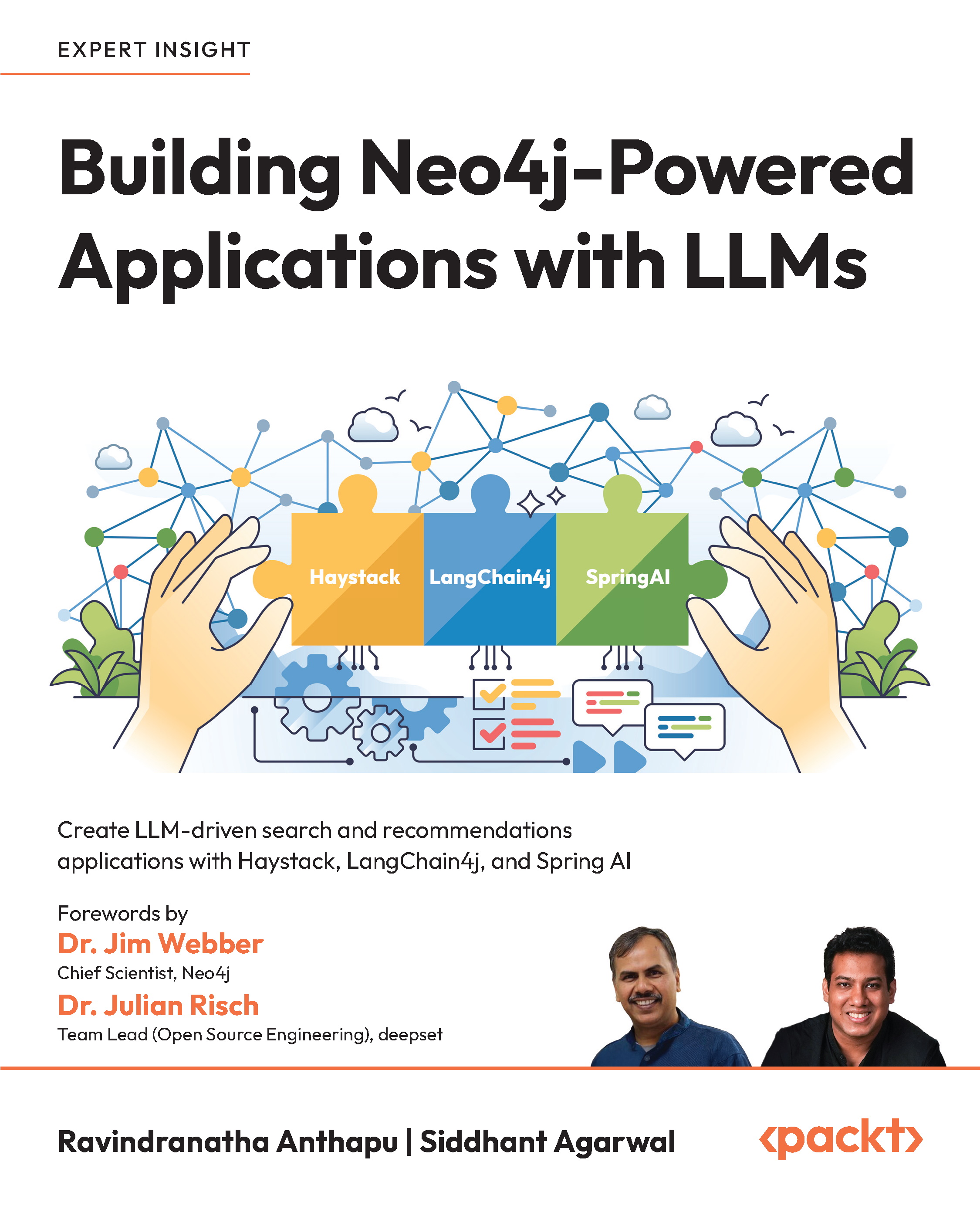At the ‘Made by Google’ event, Google launched Pixel 3 sharing its newly introduced camera features, and one of them was Top Shot. Last week, it shared further details on how Top Shot works. Top Shot saves and analyzes the image taken before and after the shutter press on the device in real-time using computer vision techniques and then recommends several alternative high-quality HDR+ photos.
How Top Shot works?
Once the shutter button is pressed, Top Shot captures up to 90 images from 1.5 seconds before and after the shutter press, and simultaneously selects up to two alternative shots to save in high resolution. These alternative shots are then processed by Visual Core as HDR+ images with a very small amount of extra latency and are embedded into the file of the Motion Photo.

Source: Google AI Blog
Unlock access to the largest independent learning library in Tech for FREE!
Get unlimited access to 7500+ expert-authored eBooks and video courses covering every tech area you can think of.
Renews at €14.99/month. Cancel anytime
Top Shot analyzes captured images based on three attributes: functional qualities like lighting, objective attributes like whether the people in the image are smiling, and subjective qualities like emotional expressions. It does this by using a computer vision model, an optimized version of the MobileNet model, which operates in low latency, on-device mode.
In early layers, the model detects low-level visual attributes like it identifies whether the subject is blurry. In subsequent layers, it detects more complex objective attributes like whether the subject's eyes are open and subjective attributes like whether there is an emotional expression of amusement or surprise.
The model was trained using a technique named knowledge distillation, which compresses the knowledge in an ensemble of models into a single model, over a large number of diverse face images using quantization during both training and inference. To predict the quality scores for faces, Top Shot uses a layered Generalized Additive Model (GAM) and combines them into a weighted-average “frame faces” score.
For the use cases where faces are not the primary subject, three more scores are added to the overall frame quality scores. These scores are subject motion saliency score, global motion blur score, and 3A scores (auto exposure, autofocus, and auto white balance). All these scores were used to train the model predicting an overall quality score, which matches the frame preference of human raters, to maximize end-to-end product quality.
To read more in detail, check out the post on the Google AI Blog.
Google launches new products, the Pixel 3 and Pixel 3 XL, Pixel Slate, and Google Home Hub
Google’s Pixel camera app introduces Night Sight to help click clear pictures with HDR+
Google open sources DeepLab-v3+: A model for Semantic Image Segmentation using TensorFlow
 United States
United States
 Great Britain
Great Britain
 India
India
 Germany
Germany
 France
France
 Canada
Canada
 Russia
Russia
 Spain
Spain
 Brazil
Brazil
 Australia
Australia
 South Africa
South Africa
 Thailand
Thailand
 Ukraine
Ukraine
 Switzerland
Switzerland
 Slovakia
Slovakia
 Luxembourg
Luxembourg
 Hungary
Hungary
 Romania
Romania
 Denmark
Denmark
 Ireland
Ireland
 Estonia
Estonia
 Belgium
Belgium
 Italy
Italy
 Finland
Finland
 Cyprus
Cyprus
 Lithuania
Lithuania
 Latvia
Latvia
 Malta
Malta
 Netherlands
Netherlands
 Portugal
Portugal
 Slovenia
Slovenia
 Sweden
Sweden
 Argentina
Argentina
 Colombia
Colombia
 Ecuador
Ecuador
 Indonesia
Indonesia
 Mexico
Mexico
 New Zealand
New Zealand
 Norway
Norway
 South Korea
South Korea
 Taiwan
Taiwan
 Turkey
Turkey
 Czechia
Czechia
 Austria
Austria
 Greece
Greece
 Isle of Man
Isle of Man
 Bulgaria
Bulgaria
 Japan
Japan
 Philippines
Philippines
 Poland
Poland
 Singapore
Singapore
 Egypt
Egypt
 Chile
Chile
 Malaysia
Malaysia














